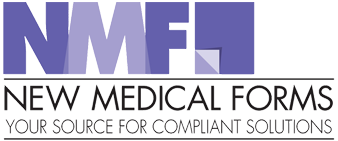 Loading... Please wait...
Loading... Please wait...HIPAA Overview
Posted on 23rd Aug 2012
HIPAA Overview
Say the word “HIPAA” in any business setting and you’ll probably get a puzzled reaction. What is HIPAA and why does it confuse so many business owners? The Health Insurance Portability and Accountability Act (HIPAA) of 1996 is a complex law. This health reform act was designed to improve the availability of health insurance coverage offered to employees through businesses, and to simplify healthcare administrative processes.
HIPAA Regulations Fall Under Three Main Categories
1) The portability section of HIPAA makes it easier for employees to change jobs without worrying about a huge gap in their insurance coverage. Specifically, many of HIPAA’s rules help new employees get coverage for pre-existing health conditions sooner than they could before HIPAA existed.
2) Privacy, as expected, relates to the protection of an individual’s health information. In the past, an employer could provide sensitive healthcare information to another entity, such as a lender, without getting the employee’s permission. HIPAA reduces the risk that a person’s private health records will be seen by outside sources without written permission from the patient.
3) Security deals with the protection of personal data transferred electronically (as opposed to stored on paper or issued verbally).
In addition to these three, a new area of HIPAA was created in December 2006. This section of nondiscrimination rules pertains to the fees an individual might pay for health plan premiums, deductibles or copays. These rules help ensure that individuals are not charged differently for their health insurance based on personal health factors.
For HIPAA solutions for your office, please go to: www.newmedicalforms.com


